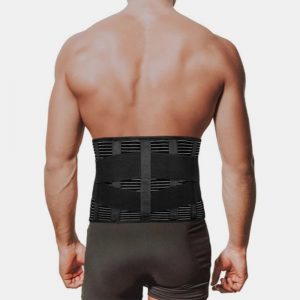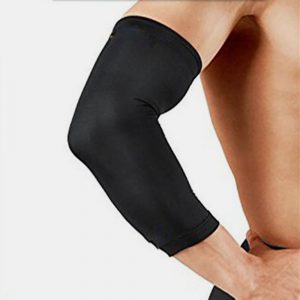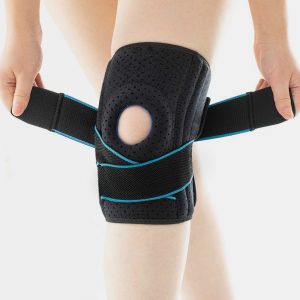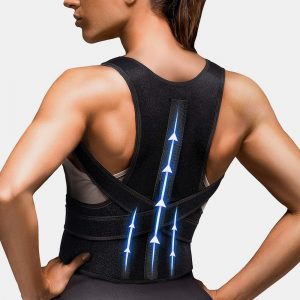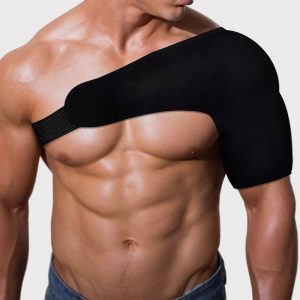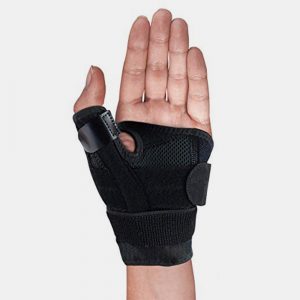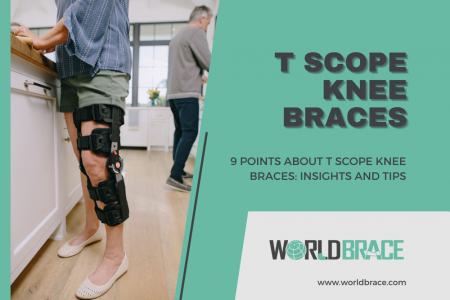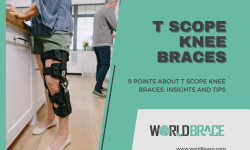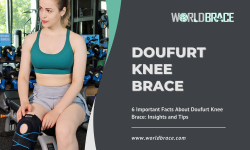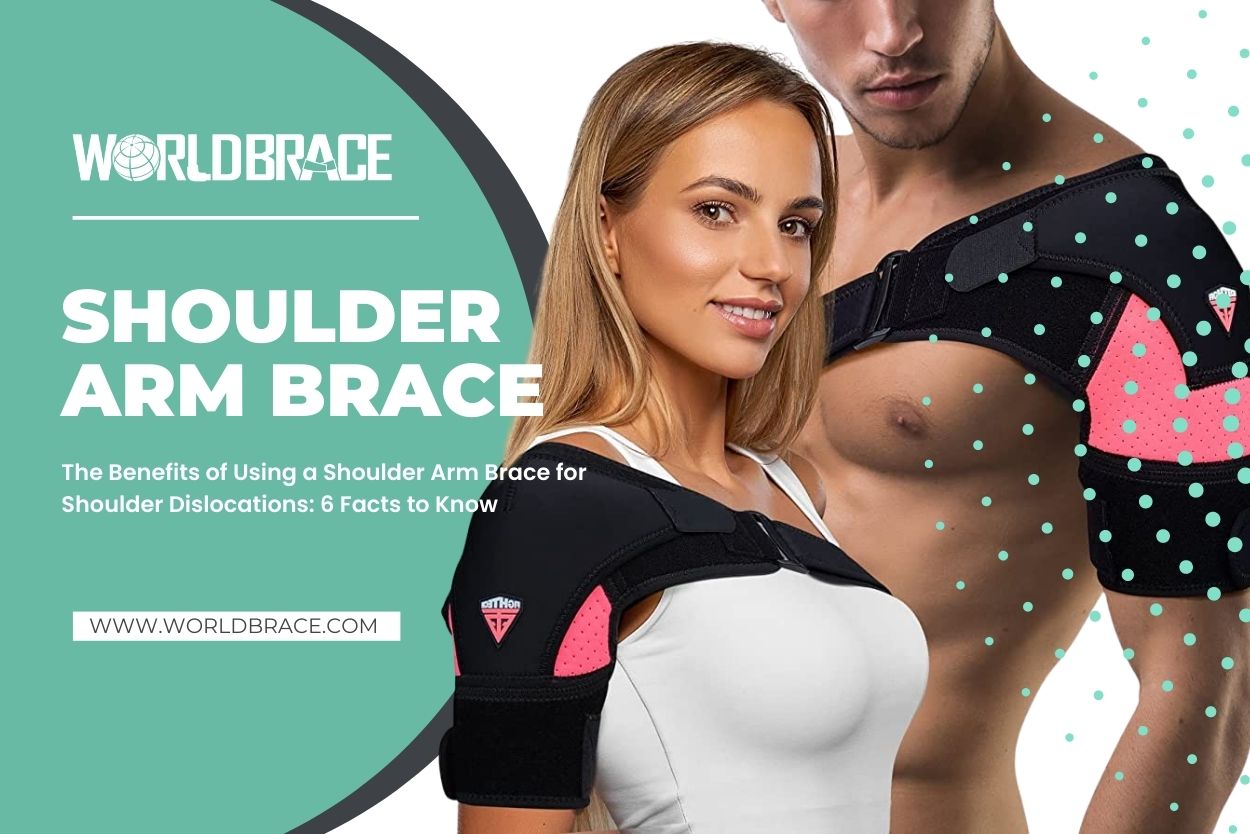
Understanding Shoulder Dislocations: Causes, Symptoms, and Risks
Shoulder dislocation is a common injury when the upper arm bone comes out of its socket in the shoulder blade. This can happen due to a sudden impact, a fall, or a forceful twisting motion. There are different types of shoulder dislocations, including anterior (front), posterior (back), and inferior (downward).
Some common causes of shoulder dislocations include sports injuries, car accidents, and falls. Individuals participating in contact sports, such as football, wrestling, or hockey, are at higher risk of shoulder dislocation. People with hypermobility, weak shoulder muscles, or previous shoulder injuries may also be more susceptible to shoulder dislocations.
The signs and symptoms of shoulder dislocation can include severe pain, swelling, stiffness in the shoulder joint, limited range of motion, and instability or looseness in the shoulder. In some cases, there may also be visible deformity or bruising around the shoulder joint.
There are several risks and complications associated with shoulder dislocations. One common risk is recurrent dislocations, where the shoulder continues to dislocate even after being put back into place. Other potential complications include nerve damage, rotator cuff tears, and arthritis in the shoulder joint. In severe cases, surgery may be required to repair the damage and prevent future dislocations.
How Shoulder Arm Braces Work: Anatomy and Functionality
Shoulder arm braces are orthopaedic devices designed to support and stabilize the shoulder joint, particularly after a dislocation or injury. They come in various types and designs, from simple straps to more complex braces with adjustable straps, pads, and splints.
The anatomy of shoulder arm braces varies depending on the specific design. Still, they generally consist of a strap or harness that wraps around the torso and upper arm, connected by an adjustable mechanism that applies pressure to the shoulder joint. The straps are typically soft, flexible neoprene, while the support structures are stiffer materials like plastic or metal.
Shoulder arm braces apply pressure and compression to the shoulder joint, which helps reduce inflammation, prevent further injury, and promote healing. By limiting the range of motion of the shoulder joint, they also provide a sense of stability and prevent excessive movement that could cause pain or re-injury.
Importance of using a shoulder arm brace for shoulder dislocations
Benefits to the significance of using a shoulder arm brace for shoulder dislocations cannot be overstated. Shoulder dislocations can cause severe pain, limited mobility, and a higher risk of reinjury. However, using a shoulder arm brace can mitigate many of these negative effects.
Pain relief is one of the main benefits of using a shoulder arm brace. The brace can help to alleviate the pressure and strain on the shoulder joint, which can significantly reduce the amount of pain experienced by the individual. A shoulder arm brace can also improve mobility by providing extra support to the shoulder joint. This can allow the individual to move their shoulder more comfortably and with less pain, improving their overall quality of life.
Another significant benefit of using a shoulder arm brace is the reduced risk of re-injury. After a shoulder dislocation, the joint can be weakened and susceptible to further damage. Using a shoulder arm brace, the joint is stabilized, reducing the risk of further injury and allowing the shoulder to heal more effectively.
Anyone who has experienced a shoulder dislocation can benefit from using a shoulder arm brace. This includes athletes, individuals with physically demanding jobs, and anyone with a history of shoulder dislocations. By using a shoulder arm brace, these individuals can help alleviate pain, improve mobility, and reduce the risk of further injury, leading to a faster and more effective recovery.
How to Choose the Right Shoulder Arm Brace: Factors to Consider
Factors to consider when choosing a shoulder arm brace, such as the type of dislocation, level of support needed, and fit
How to properly size and fit a shoulder arm brace
Tips for selecting the best shoulder arm brace for your needs
How to Use a Shoulder Arm Brace: Tips and Best Practices
When selecting a shoulder arm brace, you must consider numerous factors to ensure you obtain the proper brace for your needs. The primary factor to contemplate is the kind of dislocation you have, as there are distinct forms of shoulder dislocations, some necessitating more support than others. Your medical professional can assist you in identifying the dislocation type you have and the level of support required. Another factor in evaluating is the level of support you need. If you have a severe dislocation or a high risk of reinjury, you may require a brace that provides maximal support. In contrast, if you have a mild dislocation or are utilizing the brace for preventative purposes, a brace with lesser support may suffice.
Appropriate sizing and fitting are crucial factors when selecting a shoulder arm brace. An ill-fitting brace that is either too loose or too tight can lead to discomfort and may not provide the correct level of support. Therefore, it is vital to accurately measure your shoulder and arm and follow the manufacturer’s sizing instructions when choosing a brace.
To choose the best shoulder arm brace for your needs, consider various aspects, such as the brace’s material, level of adjustability, and any supplementary features, such as padding or straps. These factors may impact the brace’s overall effectiveness in providing support and minimizing discomfort. Therefore, selecting a brace that fits your needs and preferences is crucial.
Conclusion:
In conclusion, using a shoulder arm brace for shoulder dislocations can provide numerous benefits. A shoulder arm brace can help reduce pain, improve mobility, and reduce the risk of reinjury by providing support and stability to the shoulder joint. To choose the right shoulder arm brace, it’s essential to consider factors such as the type of dislocation, level of support needed, and proper sizing and fit. Additional factors to consider include the material of the brace, level of adjustability, and any other features such as padding or straps. Individuals with shoulder dislocations can experience improved comfort, mobility, and quality of life by considering these factors and adequately using a shoulder arm brace.
Are you looking for a manufacturer and supplier of Walgreens Shoulder Braces? Look no further! Worldbrace offers the best quality brace solutions for all your shoulder needs.


